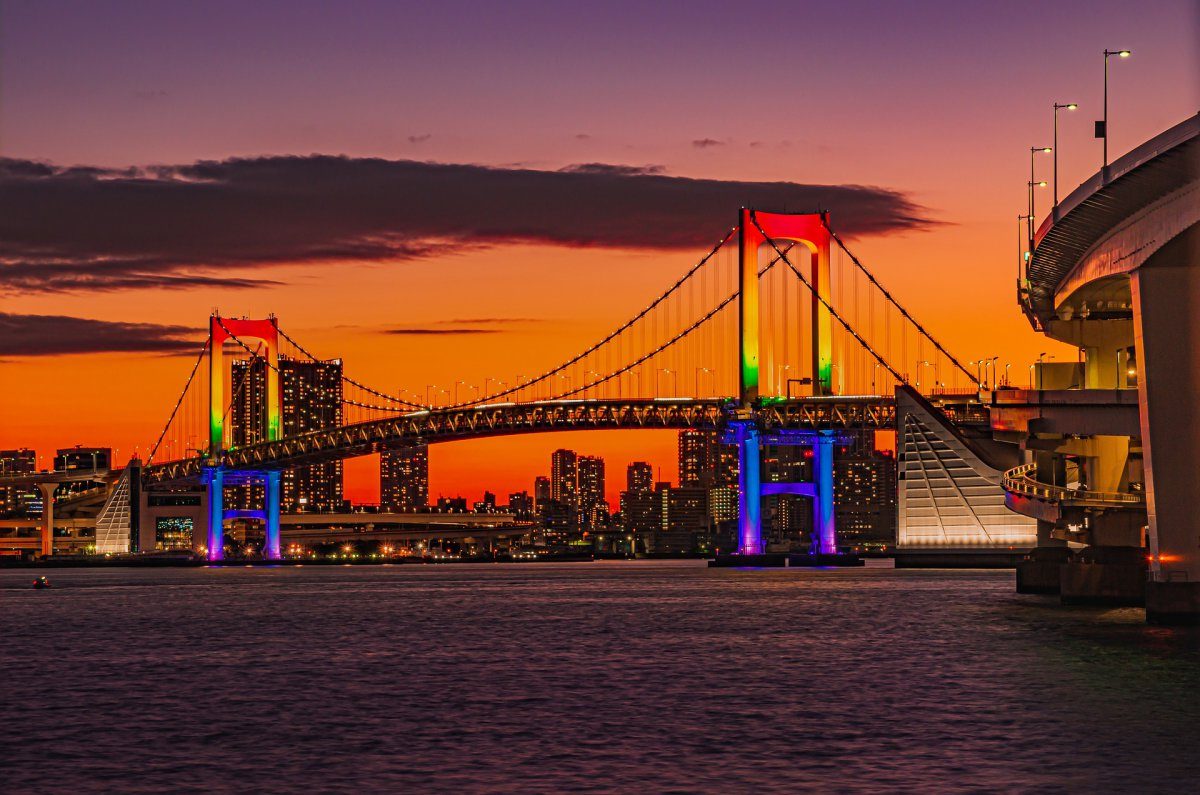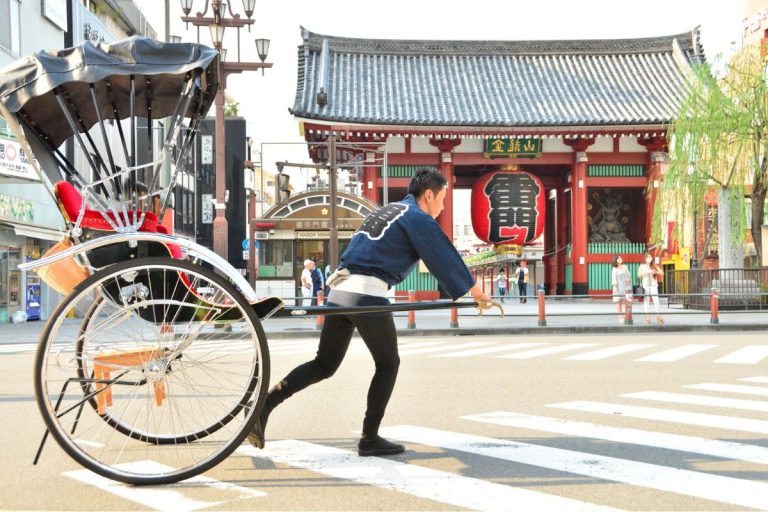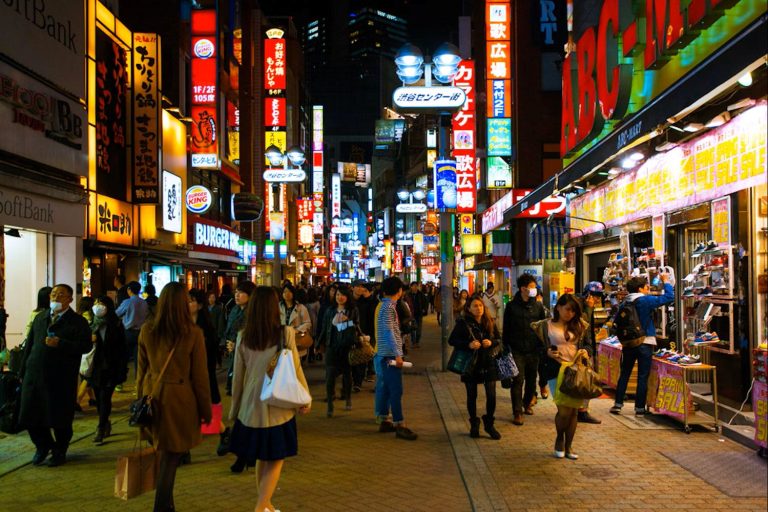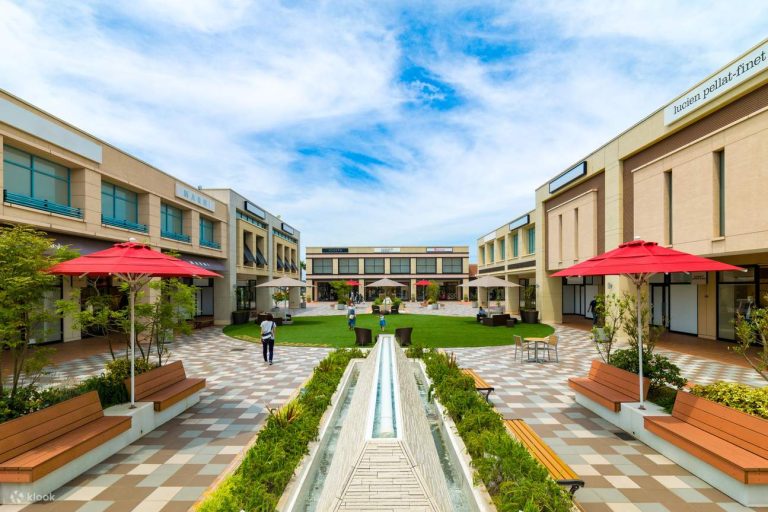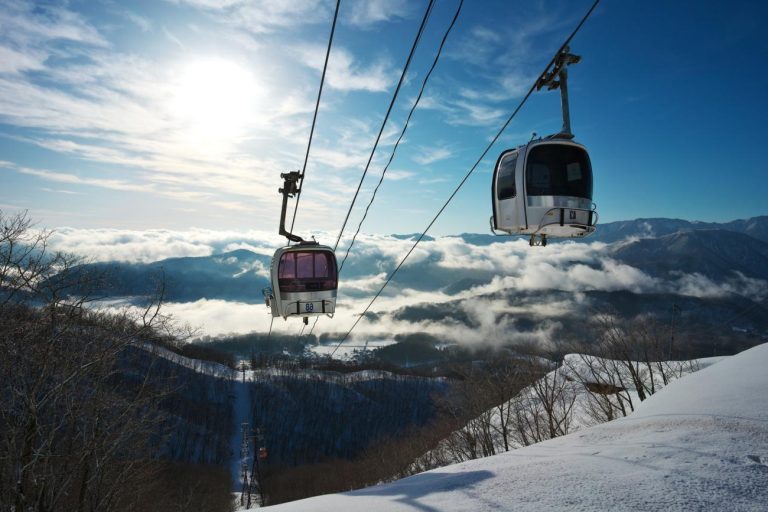Overview of the Route
Traveling between Ikebukuro and Odaiba Waterfront offers one of Tokyo’s most fascinating urban journeys, connecting the bustling entertainment district with the futuristic waterfront paradise. This comprehensive route spans approximately 25 kilometers through the heart of Japan’s capital, showcasing the incredible diversity that makes Tokyo such a captivating destination. Whether you’re planning a day trip or exploring both areas during your stay, understanding the transportation options and what each destination offers will help you make the most of your Tokyo adventure.
Introduction to Ikebukuro
Ikebukuro stands as one of Tokyo’s major commercial and entertainment hubs, rivaling Shibuya and Shinjuku in terms of energy and attractions. This vibrant district pulses with life 24 hours a day, featuring massive department stores, anime culture hotspots, and countless dining establishments. The area serves as a major transportation junction where multiple train lines converge, making it an ideal starting point for exploring Tokyo.
Introduction to Odaiba Waterfront
Odaiba represents Tokyo’s vision of the future, built on reclaimed land in Tokyo Bay. This artificial island showcases modern architecture, cutting-edge technology, and stunning waterfront views. The area transforms from a business district during the day to an entertainment wonderland at night, offering shopping malls, theme parks, and romantic spots perfect for couples and families alike.
Distance and Duration of Travel
The journey between Ikebukuro and Odaiba typically covers 25-30 kilometers depending on your chosen route. Direct travel time ranges from 45 minutes to 1 hour and 15 minutes, not including transfer times. The actual duration varies significantly based on your transportation method, time of day, and any stops you make along the way.
Transportation Options Available
Several transportation methods connect these two destinations, each offering unique advantages. The most popular options include the JR Yamanote Line combined with the Yurikamome Line, direct bus services, taxi rides, and even water bus connections during certain seasons. Each method provides different perspectives of Tokyo’s urban landscape and varying levels of comfort and cost.
Traveling from Ikebukuro to Odaiba
Navigating from Ikebukuro to Odaiba requires some planning, but the journey itself becomes part of the Tokyo experience. The most efficient route typically involves train connections, though alternative transportation methods offer their own unique advantages. Understanding the step-by-step process, optimal timing, and associated costs will ensure your trip goes smoothly and stays within budget.
Step-by-Step Directions
The most straightforward route begins at Ikebukuro Station on the JR Yamanote Line. Board a train bound for Osaki or Shinagawa, traveling for approximately 20 minutes to reach Shimbashi Station. At Shimbashi, transfer to the Yurikamome Line, which provides automated, driverless trains offering panoramic views as you cross Rainbow Bridge. The Yurikamome journey takes about 25 minutes to reach various Odaiba stations, including Odaiba-Kaihinkoen, Tokyo Teleport, or Ariake depending on your final destination.
Best Times to Travel
Timing your journey strategically can significantly improve your travel experience and reduce costs. Weekday mornings before 7:30 AM and evenings after 7:00 PM offer the most comfortable travel conditions with fewer crowds. Weekend afternoons tend to be busiest, especially during cherry blossom season and summer months when Odaiba’s outdoor attractions draw large crowds.
Cost of the Journey
A one-way trip using the recommended train route costs approximately 400-500 yen per person using regular tickets. IC cards like Suica or Pasmo offer slight discounts and greater convenience. Bus services typically cost 200-300 yen but take longer due to traffic conditions. Taxi rides can range from 3,000 to 5,000 yen depending on traffic and exact destinations.
Tips for a Smooth Trip
Carrying an IC card eliminates the need to purchase individual tickets and speeds up your journey through station gates. Download offline maps or transportation apps before traveling, as cellular service can be spotty in some underground sections. Keep small bills handy for any bus connections, and always check the last train times, especially when returning late from Odaiba’s nightlife areas.
Attractions in Ikebukuro
Ikebukuro offers an incredible concentration of attractions within walking distance of the main station, making it easy to experience multiple facets of Tokyo culture in a single visit. The district seamlessly blends traditional Japanese elements with cutting-edge pop culture, creating an atmosphere that appeals to visitors of all ages and interests. From towering department stores to intimate local eateries, Ikebukuro provides authentic Tokyo experiences around every corner.
Top Tourist Spots
Sunshine City stands as Ikebukuro’s crown jewel, featuring an aquarium, planetarium, and observation deck offering stunning city views. The Pokemon Center Mega Tokyo attracts fans from around the world with exclusive merchandise and interactive experiences. Otome Road caters to female anime and manga enthusiasts, while the nearby streets offer vintage shopping and quirky cafes that embody Tokyo’s unique subcultures.
Shopping Opportunities
Major department stores like Seibu, Tobu, and Lumine provide everything from luxury brands to everyday necessities under one roof. Don Quijote offers 24-hour shopping for unusual souvenirs and daily items at discount prices. Smaller specialty shops scattered throughout the area sell vintage clothing, rare books, and handmade crafts that make perfect unique gifts.
Dining Options
Ikebukuro’s dining scene ranges from high-end restaurants to casual street food stalls, ensuring options for every budget and taste preference. The underground shopping areas house numerous ramen shops and casual eateries popular with locals. Department store restaurant floors offer everything from traditional kaiseki to international cuisine, while the surrounding streets feature cozy izakayas perfect for evening drinks and small plates.
Attractions in Odaiba
Odaiba’s futuristic landscape provides a stark contrast to traditional Tokyo neighborhoods, offering visitors a glimpse into Japan’s technological prowess and urban planning innovations. The artificial island combines entertainment, shopping, and cultural attractions with stunning waterfront views and modern architecture. Whether you’re interested in cutting-edge technology, family-friendly activities, or romantic evening strolls, Odaiba delivers experiences unavailable elsewhere in Tokyo.
Iconic Landmarks
The Rainbow Bridge serves as Odaiba’s most recognizable symbol, offering spectacular views whether crossed by train, car, or on foot via designated walkways. Tokyo Big Sight’s distinctive architecture makes it a favorite photography spot, while the giant Gundam statue at DiverCity attracts anime fans and casual tourists alike. The Statue of Liberty replica provides an unexpected photo opportunity with Tokyo Bay as the backdrop.
Entertainment Venues
TeamLab Borderless offers immersive digital art experiences that have revolutionized interactive entertainment worldwide. Joypolis provides indoor theme park thrills with high-tech rides and games perfect for rainy days. Aqua City and DiverCity shopping malls combine retail therapy with dining and entertainment options, while the nearby Tokyo Disney Resort shuttle makes it easy to extend your waterfront adventure.
Nature and Parks
Odaiba Beach Park offers rare sandy shores within Tokyo city limits, perfect for picnics and sunset viewing. The Daiba Park provides green space and historical remnants from the Edo period, including original coastal fortifications. Seaside walking paths connect various attractions while offering continuous bay views and fresh ocean breezes that provide relief from Tokyo’s urban intensity.
Alternative Routes
While the standard Ikebukuro to Odaiba route via Shimbashi works well for most travelers, alternative paths can offer unique advantages depending on your specific needs, schedule, or interests. These alternate routes might take slightly longer or cost more, but they provide opportunities to see different parts of Tokyo or connect with other transportation hubs that might better suit your overall travel plans.
Via Haneda Airport
Travelers arriving from or departing to Haneda Airport can create an efficient route that includes both Ikebukuro and Odaiba in a single journey. The Haneda to Shinjuku Express Bus provides connections that can link with Ikebukuro services, though this route requires careful timing and planning. This option works particularly well for visitors with luggage or those wanting to maximize their Tokyo exploration time during airport connections.
Via Tokyo Station
Routing through Tokyo Station adds approximately 15-20 minutes to your journey but provides access to additional train lines and shopping opportunities. From Ikebukuro, take the JR Yamanote Line to Tokyo Station, then transfer to the Keihin-Tohoku Line to reach Shimbashi for your Yurikamome connection. This route offers backup options if any single line experiences delays or disruptions.
Via Shinjuku
The Shinjuku route involves taking the JR Yamanote Line from Ikebukuro to Shinjuku, then continuing to Shimbashi for the Yurikamome transfer. While this adds distance and time to your journey, it provides opportunities to experience Shinjuku’s massive station complex and perhaps grab supplies or meals during your transfer. The Ikebukuro to Ueno Service offers another interesting connection possibility for travelers wanting to see more of Tokyo’s diverse neighborhoods.
Traveling with Family
Families traveling between Ikebukuro and Odaiba face unique considerations that can significantly impact their journey experience and enjoyment. Tokyo’s transportation system accommodates families well, but advance planning helps ensure smooth travel with children, elderly family members, or those with mobility challenges. Both destinations offer excellent family-friendly attractions, making this route particularly popular among visitors traveling with multiple generations.
Family-Friendly Activities
Both Ikebukuro and Odaiba excel at providing entertainment suitable for all ages, though each area offers distinct advantages. Ikebukuro’s Sunshine City includes an aquarium and planetarium that captivate young visitors, while Pokemon Center provides interactive experiences that bridge generational gaps. Odaiba’s beaches, parks, and high-tech attractions like TeamLab create memorable family experiences that combine education with entertainment.
Accessibility Considerations
Tokyo’s major stations and transportation lines provide excellent accessibility features, including elevators, tactile guidance systems, and priority seating areas. The Yurikamome Line offers particularly good accessibility with platform screen doors and level boarding. Both Ikebukuro and Odaiba stations provide comprehensive barrier-free access, though some older buildings in Ikebukuro may have limited elevator access to upper floors.
Safety Tips
Tokyo maintains extremely high safety standards, but families should still take basic precautions during their journey. Keep children close during rush hours, establish meeting points in case of separation, and carry emergency contact information in both English and Japanese. The Asakusa to Tokyo Skytree Bus and similar services often provide more comfortable family travel options with guaranteed seating and less crowding than trains during peak times.
Cultural Insights
Understanding Japanese cultural norms and expectations enhances your travel experience and helps you navigate social situations with confidence and respect. The journey between Ikebukuro and Odaiba provides numerous opportunities to observe and participate in daily Japanese life, from transportation etiquette to dining customs. These cultural insights prove valuable whether you’re visiting for the first time or returning to deepen your understanding of Japanese society.
Local Etiquette
Public transportation in Japan follows specific unwritten rules that locals expect visitors to understand and follow. Remove backpacks in crowded trains, offer priority seating to elderly or pregnant passengers, and keep conversations quiet. Phone calls are generally prohibited on trains, and eating is acceptable on long-distance services but discouraged on shorter urban routes like those connecting Ikebukuro and Odaiba.
Language Tips
While many signs include English translations, learning basic Japanese phrases improves your travel experience and demonstrates respect for local culture. Essential phrases include arigatou gozaimasu (thank you very much), sumimasen (excuse me), and eigo ga wakarimasu ka (do you understand English). Station staff often speak basic English, but having translation apps ready helps with more complex communication needs.
Cultural Landmarks Along the Route
The journey between these destinations passes numerous sites that reflect Japan’s cultural evolution from traditional to modern. Rainbow Bridge represents Japan’s engineering prowess and aesthetic sensibilities, while the contrast between Ikebukuro’s dense urban development and Odaiba’s planned waterfront showcases different approaches to city building. Traditional elements persist even in these modern areas, visible in shrine architecture, seasonal decorations, and business practices that maintain connections to Japan’s cultural heritage.
Frequently Asked Questions
What is the distance between Ikebukuro and Odaiba?
The distance is approximately 25-30 kilometers, depending on the chosen route.
What are the main transportation options available?
Popular options include the JR Yamanote Line combined with the Yurikamome Line, direct bus services, taxis, and water bus connections.
How much does a one-way trip cost?
A one-way trip costs approximately 400-500 yen using trains, while bus services range from 200-300 yen.
What attractions can I find in Ikebukuro?
Attractions include Sunshine City, the Pokemon Center Mega Tokyo, and various shopping and dining options.
What can I do in Odaiba?
Odaiba features modern architecture, shopping malls, TeamLab Borderless, and recreational parks.
Navigating the Urban Splendor of Tokyo
Traveling between Ikebukuro and Odaiba not only connects two iconic districts but also offers a unique opportunity to experience the diverse culture and modernity of Tokyo. With careful planning and an understanding of local customs, visitors can enjoy a seamless journey filled with memorable attractions, delicious dining, and stunning views.
